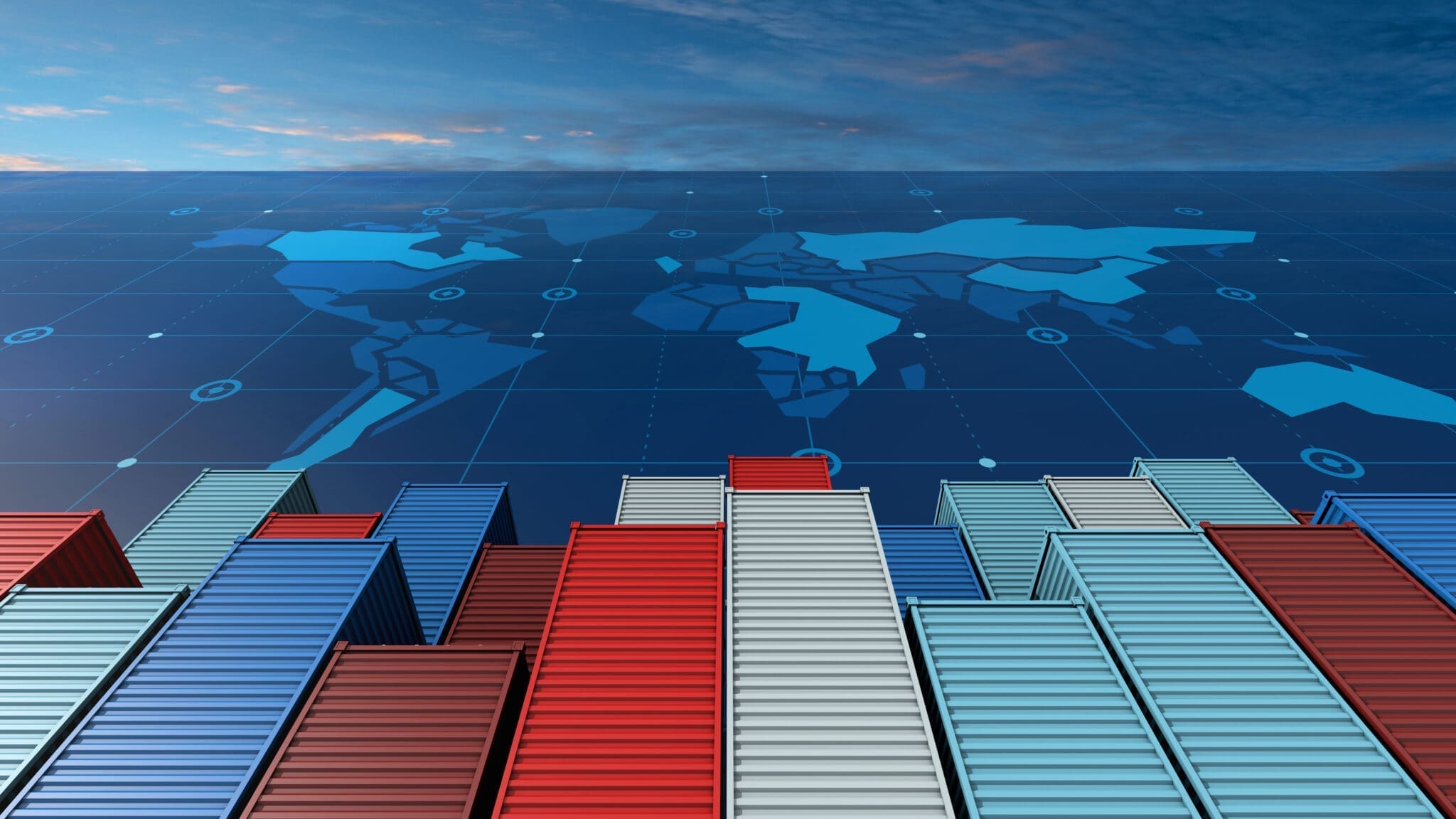A new report on global sustainability issues has highlighted how important it is to have solid contingency plans in place to deal with disruptions in company supply chains, which could strike at any time.
The Earth Security Index 2015, published by the Earth Security Group, warns that resource risks such as water stress, land-use changes, food availability and energy instability have the capacity to “rapidly destabilise the global order” and significantly increase sustainability pressures by triggering economic risks that spread to the global economy.
A localised impact from global issues
This might sound like something more for governments to debate over than businesses to have to worry about, but the fact is that any of these factors could lead to overseas suppliers being unable to provide services – and that means potentially severe disruption for buying organisations affiliated with them. Knock-on effects for consumers could then lead to companies suffering damage to their reputations and also having to deal with financial repercussions from even short amounts of downtime.However, the report also pointed out that these pressures are “opening up market opportunities for companies to invest in sectors that will help countries to build the necessary resilience”.
“Multinational companies that can anticipate their exposure to emerging sustainability risks across borders, and develop solutions that build resilience in the countries where they operate, will be able to turn these risks into opportunities for market leadership and competitive advantage.
“Navigating the opposing forces of regionalisation and globalisation, while managing inter-connected resource risks, is key to 21st century market opportunities,” the document concluded.
It is important to point out that buyers need to on the one hand consider suppliers as an extension of their organisations in terms of the benefits their products and services can bring, but on the other, accept that they might fail – albeit temporarily – due to circumstances outside their control, such as food shortages and bad harvests.
How to put contingency plans in place
It is impossible to avoid risks posed by sustainability issues completely, nor would buying organisations want to, since some of the best supplier opportunities can come from organisations situated in risky areas.
However, there are steps that can be taken to mitigate risks and ensure a plan is in place for when disaster strikes, which usually means having other trusted suppliers in different areas ready to step in immediately and pick up the slack.
The first thing to do, as recommended by KPMG, is to consider the impact of global crises on your supply chains in particular and then estimate the likelihood of failure. Is such an even something that is likely to happen in a specified length of time?
This is a task that can be carried out using resources such as the Earth Security Group report and tools like Achilles Supply Chain Mapping, which will help you to understand every element and location of your supply chain.
Once this is done, the potential cost of supplier failure to the business can be quantified and pre-prepared, robust alternative plans can be laid out to cover especially high-risk suppliers.
However, it’s important not to stop there; supply chains need to be monitored regularly and risk discussions held between procurement, finance and operations departments to ensure changes to risk assessments are kept on top of.
“The supplier failure risk management process needs to be flexible and work with or without the direct co-operation of suppliers. It must go beyond basic financial assessment,” KPMG concluded in its Managing Supplier Failure Risk report.


